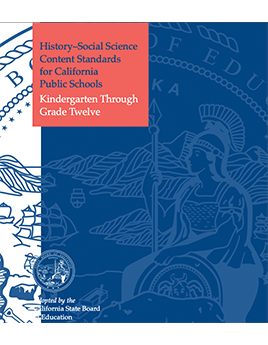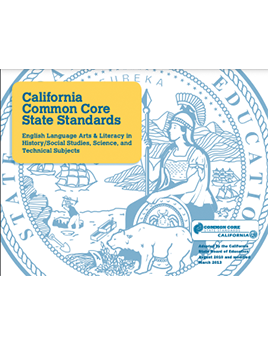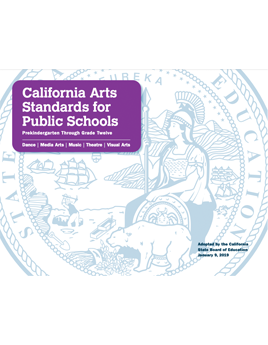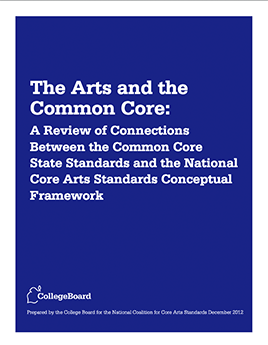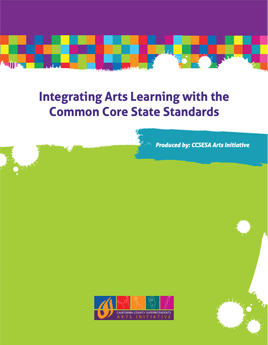Continue Learning with Hamilton
The Dan and Lillian King Foundation suuported the development of lesson plans for teachers and students to experience ahead of their field Trip. Many teachers have shared their ideas for learning and student works after their trip to see, “Hamilton: An American Musical.” Below you will find strategies for creating mixed-domain learning experiences for 8th grade learners.

Bringing Hamilton into Language Arts Classrooms
Explore poetry, rap, spoken word and other expressive forms of communication to continue to engage with US history and modern voices in middle grade Language Arts classrooms. Includes ideas for partnering with teachers in other domains.
8th Grade Language Arts Learning
Author Lin Manuel Miranda wrote the story of Alexander Hamilton and the early nation in his own unique voice in order to connect with new generations. In these lesson starters and ideas, we're aiming to help students build upon the experience and learn by wrting, interpreting, and understanding the use of language in history and morden storytelling.
Click the numbers to see ideas in each domain
References
Selected content standards and lesson design suggestions on this page were quoted/referenced from or developed using these publications:


